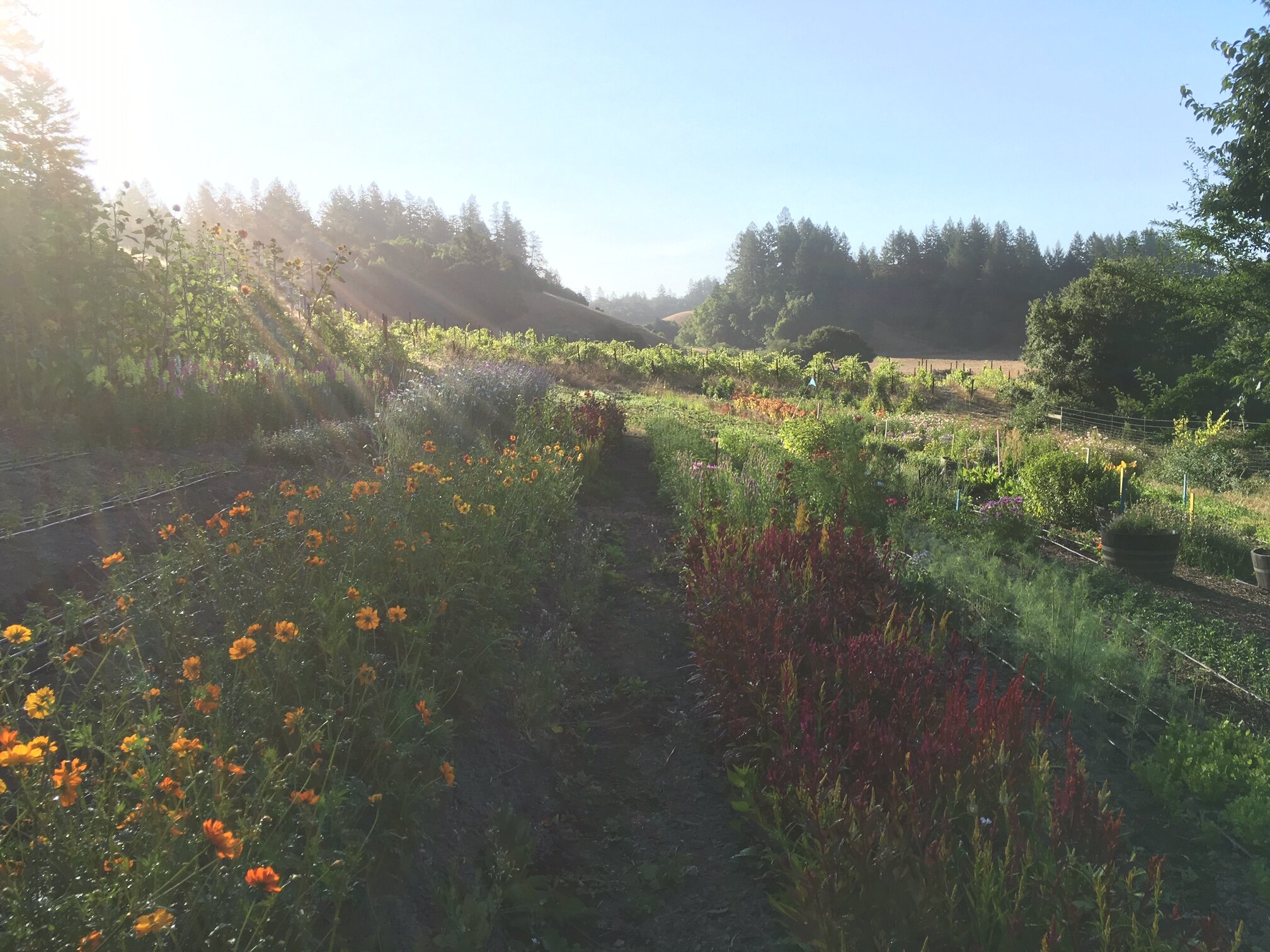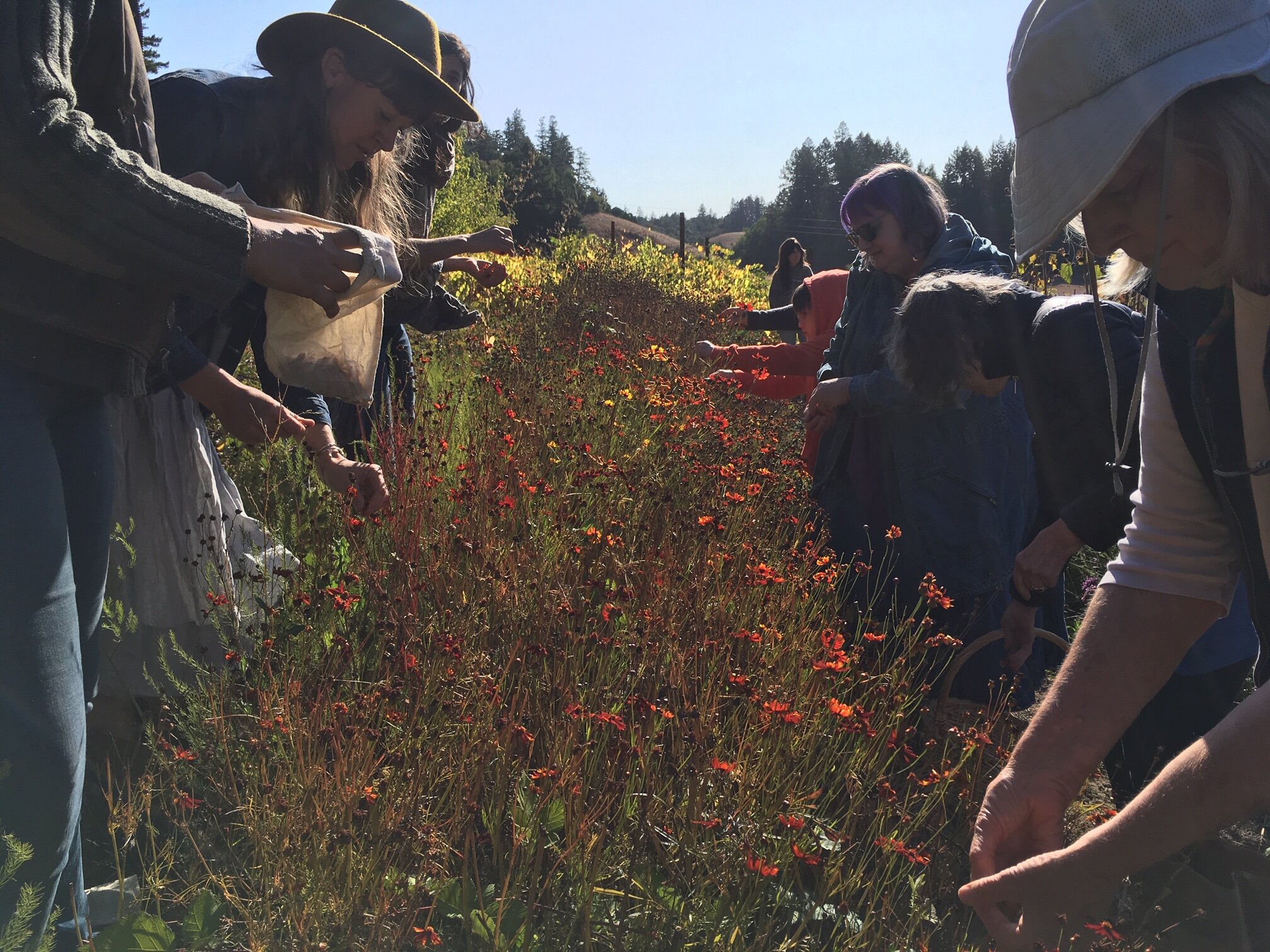on THE HISTORY OF THIS STYLE OF CSA
At the heart of Community Supported Agriculture is the understanding that we all depend on a reciprocal relationship to farmland and the farmers who work it. So instead of the question, "How cheaply can I buy this apple?" which forces farmers to cut corners on sacred land and labor relationships, the question should be "What do these farmers need to keep growing food for me and to keep taking care of the land?"
The type of Community Supported Agriculture, or CSA, program that we run here emerged in postwar Japan, the American South, and Europe. Dr. Booker T. Whatley spearheaded CSA in the American South as a way to help black farmers predict demand and find a guaranteed clientele. CSA also popped up in post-war Japan and Europe as a way to address the rapid industrialization rural communities were facing. European and New England CSA programs were influenced by the “associative economic” philosophy of Rudolph Steiner.
When members sign-up for our CSA program, they are purchasing a relationship to our farm — which entitles them to a share of all that we grow — rather than a set quantity of produce. The main question that informs our share prices each year is, "How much do we need from each participating adult member to provision them with bountiful food and flowers while taking care of our soil, ecosystem, and our crew?"
In the associative economic spirit, larger households and households alternating weeks, are asked to cover more of the costs of production and overhead because larger households impact these costs more and tend to fill up their bags more over course of a season than smaller households.
This tried-and-true model has many win-wins. Members are often shocked by the free-choice selection and a giddy abundance they experience here. And we farmers start our season knowing for whom and how much we need to grow so we can focus on farming.
We love it and we think you will too.




